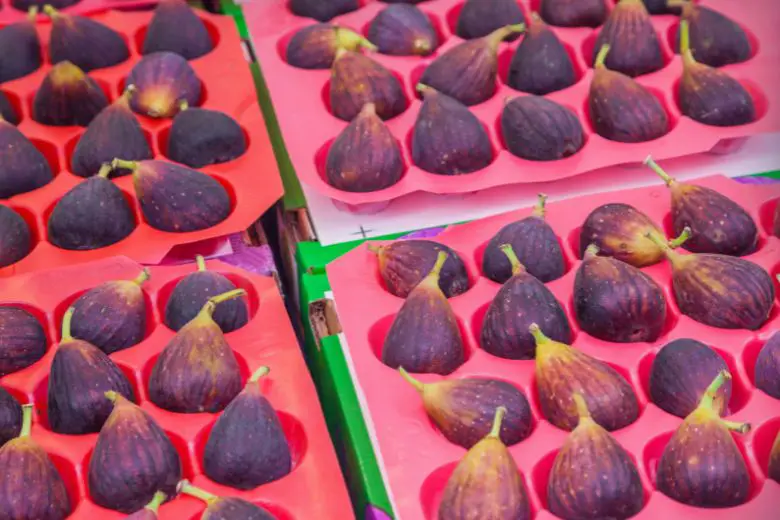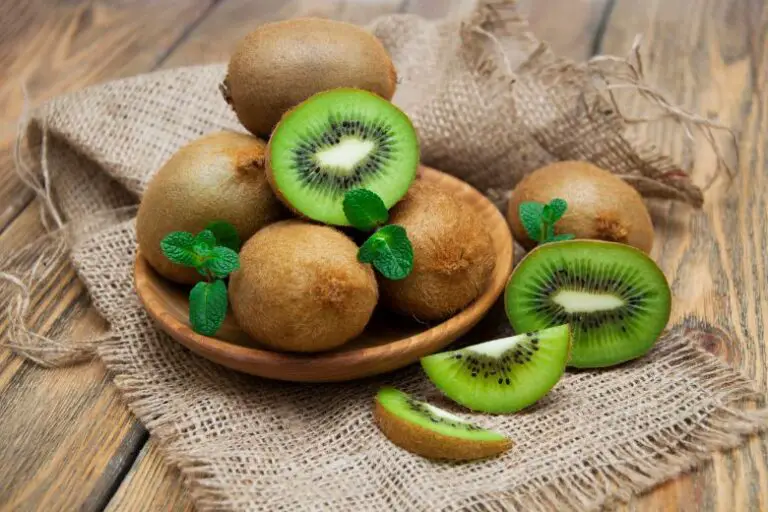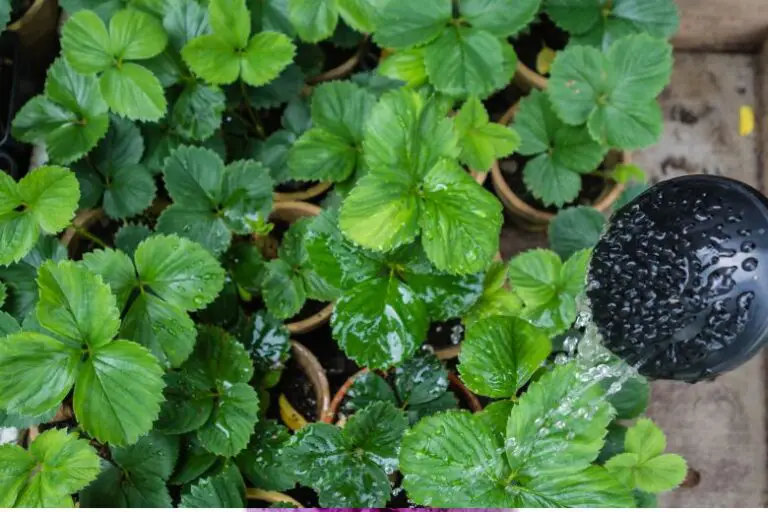How Should Fresh Figs Be Stored
When it comes to fresh figs, their delicate nature requires proper handling and storage to ensure they retain their flavor, texture, and nutritional value. Whether you’ve just picked them from a tree or bought them from a store, knowing the right way to store fresh figs is essential to prolong their shelf life and enjoy them at their best.
Understanding Fresh Figs
Figs are a delicious and nutritious fruit with a unique sweetness and chewy texture. They are rich in dietary fiber, vitamins, and minerals, making them a healthy addition to any diet. Figs come in various varieties, such as Black Mission, Brown Turkey, and Kadota, each offering a distinct flavor profile.
Selecting Ripe Figs
To ensure optimal taste and quality, it’s crucial to select ripe figs. Look for figs that are plump, soft to the touch, and have a slightly wrinkled skin. Avoid figs that are too firm, as they may not be fully ripe and could lack sweetness.
Storing Fresh Figs at Room Temperature
If you plan to consume your fresh figs within a day or two, it’s best to keep them at room temperature. Place the figs on a plate or shallow bowl, ensuring they are not stacked on top of each other. Make sure to store them in a cool, dry place, away from direct sunlight, as heat and moisture can cause them to spoil quickly.
Refrigerating Fresh Figs
If you don’t intend to eat your figs immediately, refrigeration is the way to go. First, gently rinse the figs under cool running water and pat them dry with a paper towel. Then, place the figs in a single layer on a plate or a shallow container lined with paper towels to absorb excess moisture. Cover the container with plastic wrap or a lid to create a slightly humid environment that prevents the figs from drying out.
Freezing Fresh Figs
If you have a surplus of fresh figs or want to enjoy them out of season, freezing is an excellent option. Wash the figs thoroughly, remove the stems, and slice them if desired. Lay the figs in a single layer on a baking sheet lined with parchment paper and place them in the freezer until frozen solid. Once frozen, transfer the figs to an airtight freezer bag or container.
Using Airtight Containers
Regardless of whether you’re storing figs at room temperature or in the refrigerator, using airtight containers is essential to prevent air from entering and hastening the ripening process. Mason jars or food-grade plastic containers with tight-fitting lids are excellent choices for fig storage.
How to Keep Figs Fresh Longer
To extend the shelf life of fresh figs, try to keep them away from other fruits and vegetables known for producing ethylene gas, as this can accelerate their ripening. Additionally, inspect the figs regularly and remove any spoiled or overripe ones to prevent them from affecting the rest.
Ripening Unripe Figs
If you happen to purchase unripe figs, there are ways to ripen them at home. Place the unripe figs in a paper bag, loosely folded, and keep them at room temperature. The ethylene gas produced by the figs will encourage them to ripen over a couple of days.
Reviving Overripe Figs
In case you have overripe figs that are becoming too soft, you can still salvage them. Consider using them in smoothies, jams, or desserts to make the most of their flavor and natural sweetness.
Preserving Figs in Syrup
For a delightful treat that can be stored for more extended periods, consider preserving figs in syrup. Create a simple syrup by dissolving sugar in water, add spices like cinnamon or vanilla for extra flavor, and then immerse the figs in the syrup. Store the preserved figs in sterilized glass jars and seal them tightly for later enjoyment.
Drying Figs for Long-term Storage
Dried figs are a versatile and delicious snack that can be enjoyed year-round. To dry figs at home, wash and dry the figs thoroughly, slice them into thin rounds, and place them on a baking sheet lined with parchment paper. Set your oven to the lowest temperature and let the figs dry for several hours until they become leathery and chewy.
Creative Ways to Use Figs
Figs’ unique flavor and texture make them an excellent addition to various dishes. You can incorporate fresh or dried figs into salads, cheese platters, and even main courses like roasted meats. Get creative and experiment with figs in both sweet and savory recipes to discover new culinary delights.
Frequently Asked Questions
How long do fresh figs last in the refrigerator?
Fresh figs can last up to two weeks in the refrigerator if stored correctly in an airtight container.
Can I freeze fresh figs without slicing them?
Yes, you can freeze whole fresh figs. However, it’s best to slice them before freezing for easier portioning and thawing.
How can I use frozen figs?
Frozen figs can be used in smoothies, baked goods, and sauces, or as a topping for yogurt and ice cream.
Can I store figs with other fruits in the refrigerator?
It’s best to avoid storing figs with other fruits that release ethylene gas, as this can lead to premature ripening and spoilage.
Are figs suitable for a low-sugar diet?
Figs are naturally sweet, but they are also high in fiber and other nutrients, making them a healthier alternative to sugary snacks.
Conclusion
Fresh figs are a delightful and nutritious fruit that can be enjoyed in various ways. By following the proper storage methods outlined in this article, you can savor the unique taste of figs for an extended period. Whether you choose to refrigerate, freeze, dry, or preserve them, figs are sure to add a touch of sweetness and sophistication to your culinary endeavors







